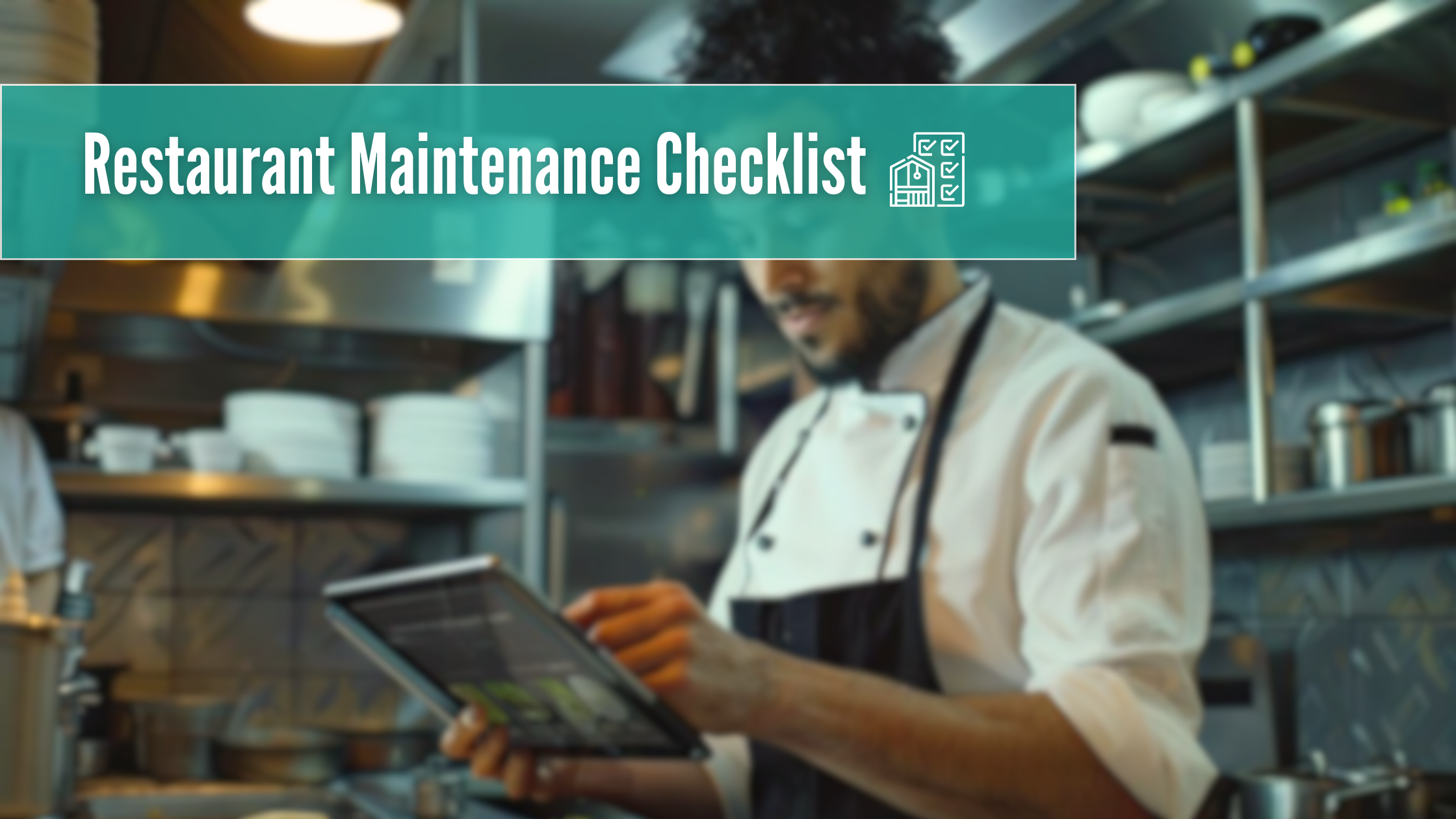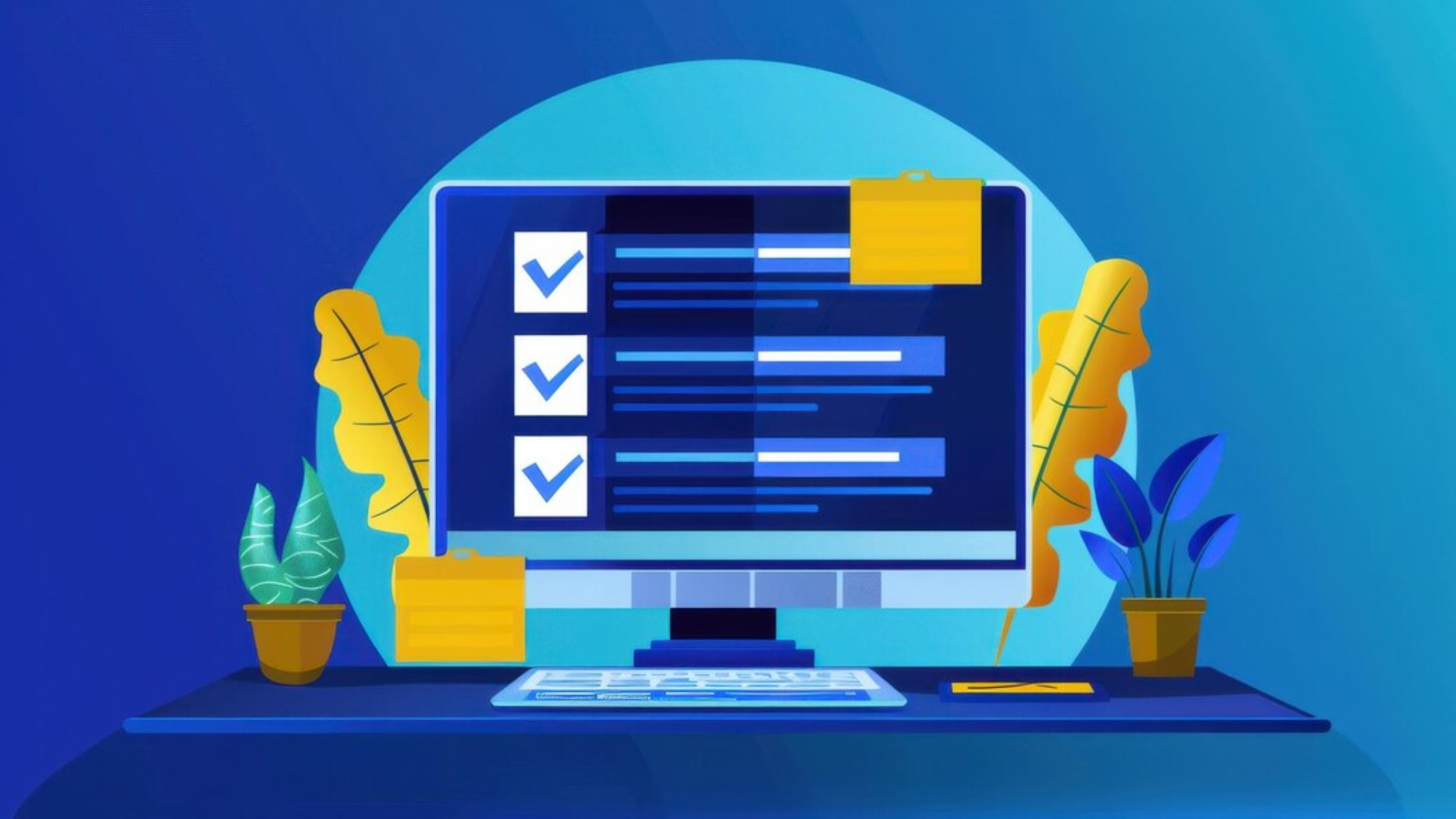
Introduction
In the restaurant business, maintaining tools and buildings is crucial for ensuring things run smoothly and giving customers a good experience. Preventive maintenance plays a vital role in preventing unexpected equipment breakdowns, which can disrupt processes and lead to customer dissatisfaction. It ensures that all equipment is safe, compliant with health regulations, and operates efficiently.
Routine maintenance of your equipment extends its lifespan and protects you from the financial burden of costly emergency repairs. This not only improves the smooth functioning of your restaurant but also enhances customer satisfaction.
This blog will give you detailed information on why preventive maintenance is important, what should be in a full plan, and the right way to do it. You will also learn how the KNOW app can help you get these things done quickly.
Why Do Restaurants Need Restaurant Preventive Maintenance Checklist?
A lot of downtime and expensive repairs can be avoided with a preventative maintenance program. This is because it fixes problems before they get worse.
This makes your tools last longer, so your investment will pay off in the long run. It also makes things safer and more aligned with health regulations, which stops possible dangers and legal problems.
Regular Equipment Maintenance: Its Significance in Restaurant Maintenance
For your restaurant to run smoothly, regular equipment maintenance is just as important as preventative maintenance. Making proactive maintenance decisions for your equipment guarantees that your appliances and kitchen items always operate at their best.
This increases the equipment’s longevity and lowers the possibility of unplanned malfunctions that might interrupt service.
Let us see an example:
Take the example of a restaurant that put in place a plan for keeping its kitchen tools in good shape. In order to keep their business running smoothly and keep their customers happy, they made sure that their machines were serviced and inspected regularly.
On the other hand, not doing proper equipment maintenance can cause equipment to break down, repairs that cost a lot of money, and even safety risks that hurt your restaurant’s image and bottom line.
What is a Restaurant Preventive Maintenance Checklist?
The preventive restaurant maintenance checklist is a great weapon for managers of restaurants. It facilitates the management of the several maintenance chores necessary to keep a restaurant operational.
Regular inspections and maintenance of all the equipment will help managers avoid expensive breakdowns, increase the compliance and safety of their operations, and raise the general running effectiveness of their restaurant.
How Does Preventative Maintenance Checklist Help Restaurant Managers?
A preventive restaurant maintenance checklist is a whole strategy for guaranteeing a restaurant’s long-term viability and seamless running, not only a tool for preserving equipment.
Implementing and following a thorough restaurant equipment maintenance checklist will help restaurant managers greatly enhance their maintenance procedures, thereby improving the quality of the food, increasing client satisfaction, and finally enabling a more profitable establishment.
What are the Key Components of a Restaurant Preventive Maintenance Checklist
Detailed Explanation of What a Preventive Maintenance Checklist Includes
1. Equipment Identification
Start by listing all the restaurant equipment used in your restaurant. This should include:
- Kitchen Appliances: Ovens, refrigerators, freezers
- HVAC Systems
- Plumbing Fixtures
- Other Essential Machinery
For each item, provide a brief description and include any unique identifiers like model numbers or serial numbers. This helps keep track of all your equipment and ensures nothing is overlooked.
2. Maintenance Tasks
For each piece of equipment, specify the maintenance tasks needed.
These include regular cleaning schedule, lubrication, inspection, calibration, and part replacement. Making these tasks clear reduces equipment failure by ensuring accuracy and consistency.
3. Frequency of Tasks
Sort the maintenance tasks into daily, weekly, monthly, and seasonal groups to make a detailed plan for each one. For instance:
- Daily: Clean cooking surfaces and check refrigeration temperatures.
- Weekly: Inspect HVAC filters and deep clean kitchen equipment.
- Monthly: Test fire suppression systems and inspect plumbing for leaks.
- Seasonal: Service HVAC systems and calibrate kitchen appliances.
This categorization helps plan and ensures that all maintenance tasks for commercial equipment are carried out at the appropriate intervals.
4. Responsible Parties
Designate a staff member or outside technician for each maintenance task. Setting clear task responsibilities increases accountability and thoroughness.
Kitchen workers may clean everyday, while the maintenance team and technicians inspect weekly. This keeps your restaurant efficient by completing all chores and not missing any.
How to Prepare a Preventive Maintenance Checklist for Restaurant Commercial Kitchens?
Step 1: Inventory all kitchen and facility equipment
Start by listing all your kitchen appliances, including ovens, fryers, refrigerators, freezers, HVAC systems, and plumbing fittings. Record model numbers, serial numbers, and purchase dates.
This list makes it easier to plan and carry out necessary maintenance by keeping track of each piece’s state and history of maintenance.
Step 2: Define and document maintenance tasks and frequencies
For each piece of restaurant equipment, outline the specific maintenance tasks needed. This could include operational activities like greasing, cleaning, checks, calibrations, and replacing parts.
Choose the frequency with which all tasks should be completed: daily, weekly, monthly, or according to the seasons. Setting a regular time for repair helps keep things in good shape and avoids problems that happen out of the blue.
Step 3: Assign responsibilities and train staff
Make sure that a certain employee or an external technician is responsible for each maintenance task. It is crucial that everyone is aware of their role and the significance of their duties. Staff workers need training to ensure they are safe while performing their duties.
For example, you may demonstrate how to wipe down specific pieces of machinery or identify the early warning signals of wear and tear.
Step 4: Develop a system for tracking and documenting completed tasks
Implement a system to track and document completed maintenance tasks. This can be a digital tool, like the KNOW app, which allows for easy scheduling, reminders, and documentation. Ensure that staff members record when tasks are completed and note any issues or observations.
This documentation helps in monitoring the restaurant equipment maintenance checklist process and provides a history of equipment upkeep.

Restaurant Preventive Maintenance Checklist Templates
1. Daily Preventive Maintenance Checklist
Daily checklists guarantee food safety, keep the surroundings clean and sanitized, and improve client experience. It guarantees a good environment, supports safety by means of frequent and regular restaurant equipment maintenance and safety inspections, and helps to prevent food-borne diseases.
- Maintaining cleanliness and avoiding possible fire risks require keeping surfaces clean.
- Trash removal & daily bin cleaning to reduce pest infestations and odors.
2. Weekly Preventive Maintenance Checklist
Weekly checklists include pest control, equipment lifetime, and aesthetic appeal. Following safety rules helps them to lower repair costs by early identification of problems, preservation of a friendly environment, and prevention of insect invasions.
- Removing buildup and grime ensures they operate efficiently and extend their lifespan.
- Checking & cleaning or replacing HVAC filters ensures the system runs efficiently, maintaining proper ventilation and temperature control in the kitchen.
3. Monthly Preventive Maintenance Checklist
Monthly checklists maximize structural integrity, customer comfort, and equipment performance. Eventually, they help to save long-term expenses by extending equipment lifetime, preventing expensive breakdowns, guaranteeing safety and compliance, and preserving a good ambiance.
- Performing regular testing of fire suppression systems ensures they are functional and ready to respond in an emergency, enhancing kitchen safety.
- Checking seals & gaskets for wear and tear ensures refrigerators maintain proper temperatures, which is critical for food safety.
- Doing monthly inspections of wiring and circuit breakers helps identify and address any electrical issues, preventing potential hazards.
How KNOW Can Help with Your Restaurant’s Preventive Maintenance?
Explanation of How KNOW’s Features Can Assist in Managing Preventive Maintenance Tasks
A restaurant’s preventative maintenance cycle can quickly become unmanageable when spreadsheets, tables, and manual checklists are used. KNOW revolutionizes this procedure by digitizing and optimizing your maintenance management, preventing any oversights.
1. Task Scheduling & Reminders
KNOW provides a unified platform for scheduling and reminders, which removes the trouble of handling different spreadsheets at the same time. You have everything you need to create a maintenance checklist for every day, week, month, and season in one convenient location.
Keeping the maintenance staff in your commercial kitchen on schedule is made easy with this system’s automated reminders.

2. Compliance Tracking
Maintaining compliance with health and safety regulations is crucial for any restaurant. KNOW organizes and tracks all maintenance tasks digitally, assuring regulatory compliance without manual spreadsheet updates.
By logging completed tasks, inspections, and repairs, KNOW keeps you compliant and reduces the risk of fines or violations.
3. Documenting & Reporting restaurant Equipment Capabilities
With KNOW for Restaurants, documenting and reporting maintenance tasks becomes more efficient and accurate. The platform allows you to record every task, issue, and observation digitally, creating a comprehensive maintenance history.
This digital documentation supports audits and provides valuable insights for making informed decisions about restaurant equipment maintenance and replacements, all without the manual effort of managing paper records or spreadsheets.
Conclusion
A Restaurant Preventive Maintenance Checklist is essential for kitchen safety and efficiency. This proactive strategy prevents costly restaurant equipment maintenance and breakdowns, ensures food safety, and boosts your restaurant’s image.
List all your restaurant equipment, then define and schedule maintenance chores to establish an effective restaurant equipment maintenance checklist. Assign each job to a team member and begin monitoring and documenting accomplished tasks. Your checklist should alter as your kitchen demands change and always comply with health and safety regulations. Spending time on preventative maintenance pays off.
Following your commercial kitchen maintenance checklist and best practices can extend equipment life, avoid unplanned downtime, and provide guests a great dining experience. The KNOW app simplifies scheduling, tracking, and managing maintenance chores. Begin developing your Restaurant Preventive Maintenance Checklist with KNOW today, and set the stage for a successful future for your restaurant.












